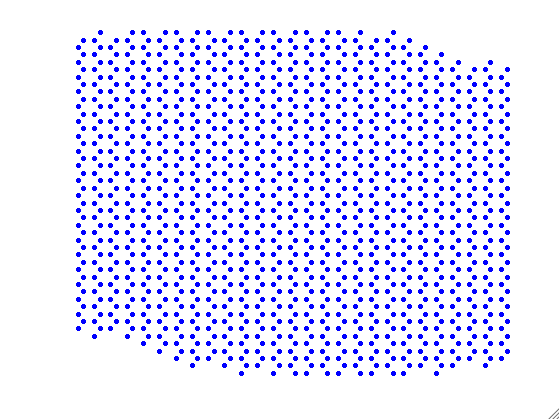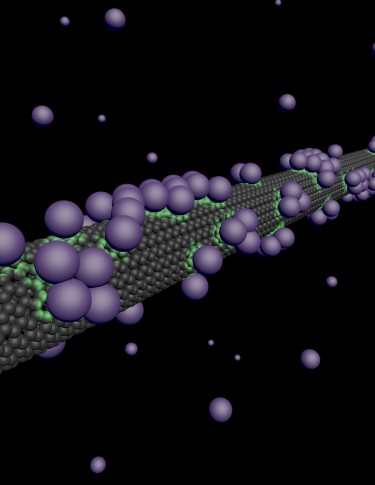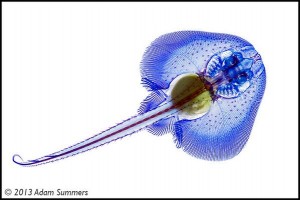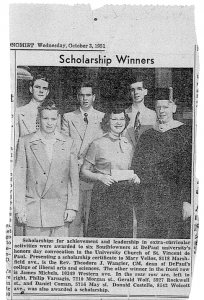I have two news bits concerning science and music.
Music videos and science education
Researchers in the US and New Zealand have published a study on how effective music videos are for teaching science. Hint: there are advantages but don’t expect perfection. From a May 25, 2016 news item on ScienceDaily,
Does “edutainment” such as content-rich music videos have any place in the rapidly changing landscape of science education? A new study indicates that students can indeed learn serious science content from such videos.
The study, titled ‘Leveraging the power of music to improve science education’ and published by International Journal of Science Education, examined over 1,000 students in a three-part experiment, comparing learners’ understanding and engagement in response to 24 musical and non-musical science videos.
A May 25, 2016 Taylor & Francis (publishers) press release, which originated the news item, quickly gets to the point,
The central findings were that (1) across ages and genders, K-16 students who viewed music videos improved their scores on quizzes about content covered in the videos, and (2) students preferred music videos to non-musical videos covering equivalent content. Additionally, the results hinted that videos with music might lead to superior long-term retention of the content.
“We tested most of these students outside of their normal classrooms,” commented lead author Greg Crowther, Ph.D., a lecturer at the University of Washington. “The students were not forced by their teachers to watch these videos, and they didn’t have the spectre of a low course grade hanging over their heads. Yet they clearly absorbed important information, which highlights the great potential of music to deliver key content in an appealing package.”
The study was inspired by the classroom experiences of Crowther and co-author Tom McFadden [emphasis mine], who teaches science at the Nueva School in California. “Tom and I, along with many others, write songs for and with our students, and we’ve had a lot of fun doing that,” said Crowther. “But rather than just assuming that this works, we wanted to see whether we could document learning gains in an objective way.”
The findings of this study have implications for teacher practitioners, policy-makers and researchers who are looking for innovative ways to improve science education. “Music will always be a supplement to, rather than a substitute for, more traditional forms of teaching,” said Crowther. “But teachers who want to connect with their students through music now have some additional data on their side.”
The paper is quite interesting (two of the studies were run in the US and one in New Zealand) and I notice that Don McFadden of the Science Rap Academy is one of the authors (more about him later); here’s a link to and a citation for the paper,
Leveraging the power of music to improve science education by Gregory J. Crowther, Tom McFadden, Jean S. Fleming, & Katie Davis. International Journal of Science Education
Volume 38, Issue 1, 2016 pages 73-95. DOI: 10.1080/09500693.2015.1126001 Published online: 18 Jan 2016
This paper is open access. As I noted earlier, the research is promising but science music videos are not the answer to all science education woes.
One of my more recent pieces featuring Tom McFadden and his Science Rap Academy is this April 21, 2015 posting. The 2016 edition of the academy started in January 2016 according to David Bruggeman’s Jan. 27, 2016 posting on his Pasco Phronesis blog. You can find the Science Rap Academy’s YouTube channel here and the playlist here.
Canadian science rappers and musicians
I promised the latest about Baba Brinkman and here it is (from a May 14, 2016 notice received via email,
Not many people know this, but Dylan Thomas [legendary Welsh poet] was one of my early influences as a poet and one of the reasons I was inspired to pursue versification as a career. Well now Literature Wales has commissioned me to write and record a new rap/poem in celebration of Dylan Day 2016 (today [May 14, 20160) which I dutifully did. You can watch the video here to check out what a hip-hop flow and a Thomas poem have in common.
In other news, I’ll be performing a couple of one-off show over the next few weeks. Rap Guide to Religion is on at NECSS in New York on May 15 (tomorrow) [Note: Link removed as the event date has now been passed] and Rap Guide to Evolution is at the Reason Rally in DC June 2nd [2016]. I’m also continuing with the off-Broadway run of Rap Guide to Climate Chaos, recording the climate chaos album and looking to my next round of writing and touring, so if you have ideas about venues I could play please send me a note.
You can find out more about Baba Brinkman (a Canadian rapper who has written and performed many science raps and lives in New York) here.
There’s another Canadian who produces musical science videos, Tim Blais (physicist and Montréaler) who was most recently featured here in a Feb. 12, 2016 posting. You can find a selection of Blais’ videos on his A Capella Science channel on YouTube.



